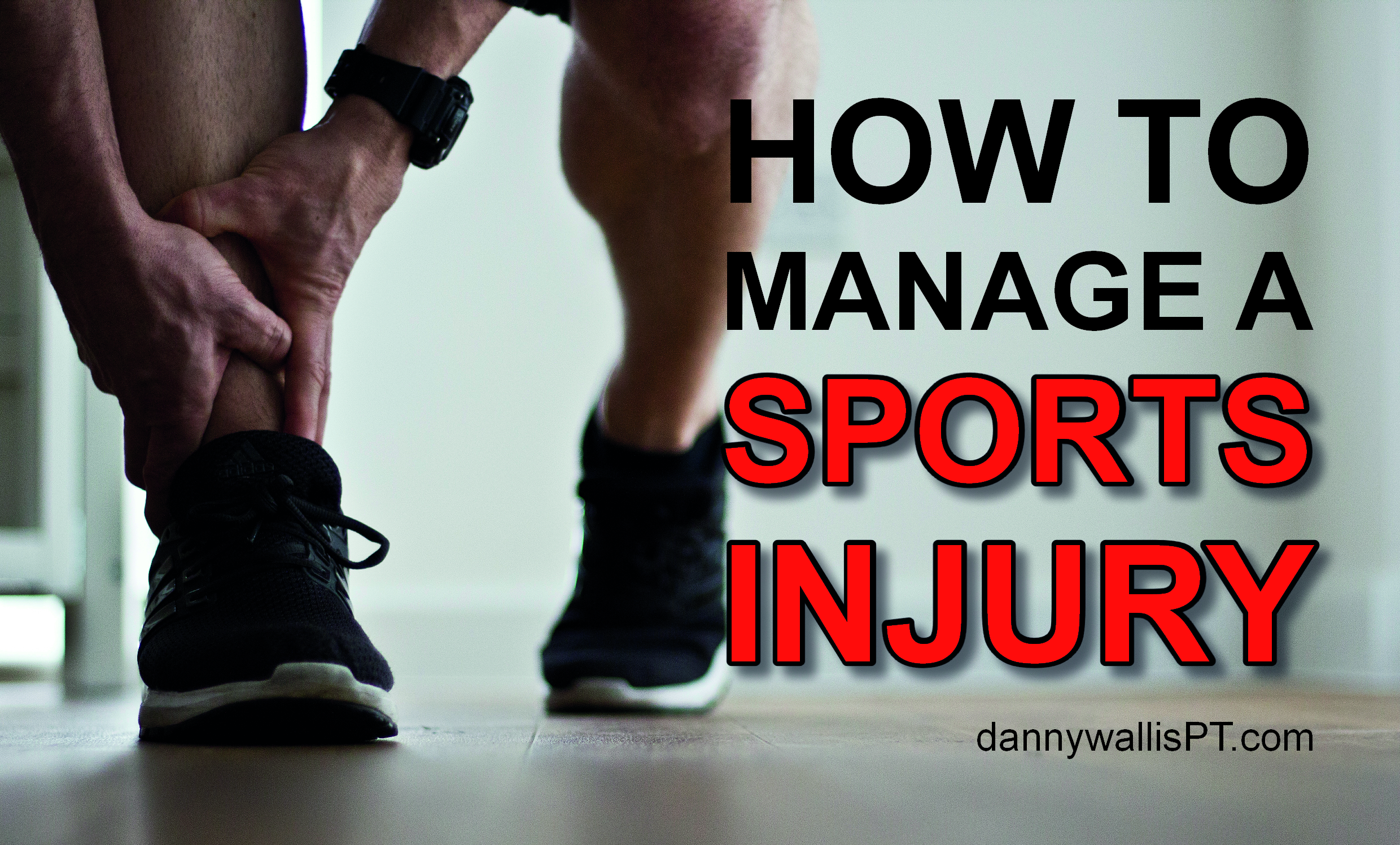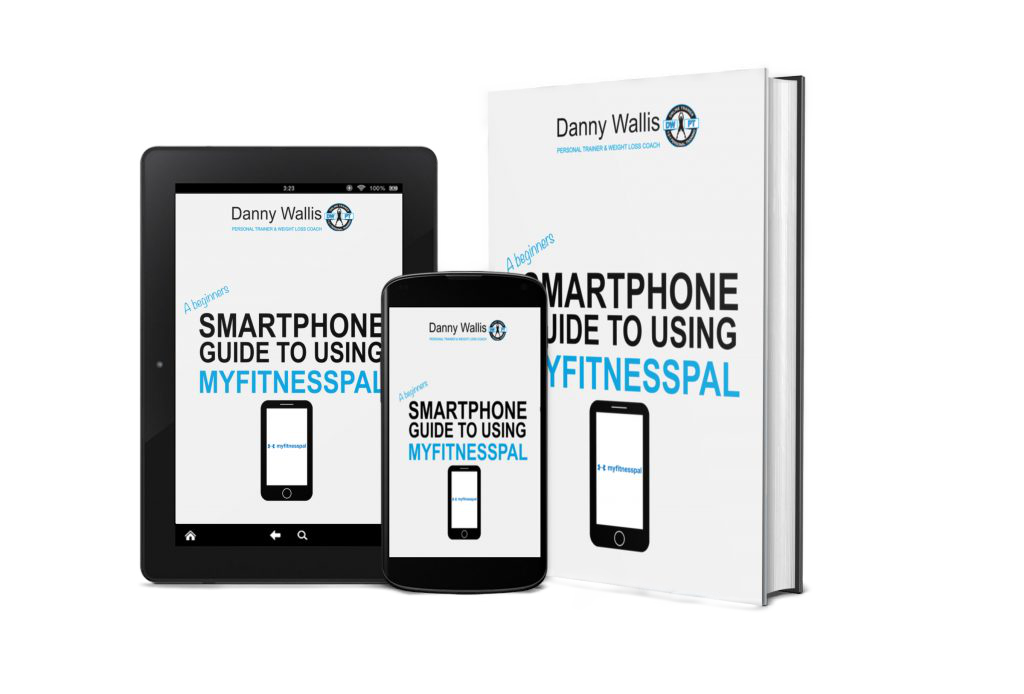Sports injuries aren’t necessarily about sport.
Strains & sprains can happen simply rolling your foot in a pothole while walking down the road.
In this post, I offer some advice on how to manage a soft tissue sports injury and help you move on with your daily routine as safely yet as quickly as possible…
Let’s assume you have rolled your ankle and now the joint feels ginormous. You can’t move your foot and you’re in absolute agony. There is a good chance you have a serious strain. You can’t get a doctor’s appointment for another three days and you have to get to that important meeting tomorrow which you cannot miss! What are you going to do?
The first 48 hours…
For some people this won’t be new information, however, a little reminder of what to do within the first few days of incurring an injury is never a bad thing. So, during the first 48 hours of a soft tissue injury your body causes local swelling to the injured area to naturally restrict the joints normal movement and prevent further injury.
Please be aware; applying any kind of pressure to the area (for example – Impact related movement such as running or direct pressure such as massage) should, therefore, be avoided – The first 48 hours should be about two things… Rest and Ice… Forget any ideas about training on an injured body part, you will simply make it worse.
To effectively manage any sports injury, you should be aiming to think along the lines of decreasing the swelling and healing the area. This is most effective when following four simple steps…. Think RICE!
R.I.C.E = Rest, Ice, Comfort & Elevation
REST
Your injured body needs rest, NOT more work. Listen to your body, assess the pain and act accordingly. Rest doesn’t simply mean sleep, it means to leave the injured area alone to heal and do not to stress it. Constantly ‘testing’ the pain to see if it’s feeling better will simply prolong the problem. Allow your injury to rest… Give it time.
ICE
Ice should be applied to the injured area as soon as possible and generally offers two main benefits… 1) Reduces swelling of the area… 2) Numbs the pain which offers some short-term relief – Aim to ice for periods of 10-20 minutes with rest periods in between. The rest is important to promote healthy blood flow which can become restricted with ice treatment.
This may sound obvious, but ensure you do not apply ice directly to the skin. Ice can burn and you should therefore have a medium between the ice and your body. If in doubt, wrapping the ice in a tea towel should do the trick.
COMFORT
For those who of you (like me) who have been practicing First Aid for many years, you may know the ‘C’ in R.I.C.E used to stand for Compression. Current First Aid Trainers have adjusted this meaning to ‘Comfort’ in order to keep the area as comfortable as possible. Find a position which eases the pain as much as possible and stay in it… Simple.
ELEVATION
Elevation is a key stage in this process – To elevate an injury means to keep the injured area up (ideally, above the heart) to avoid blood and fluids pooling downward making the swelling become even worse (For example; if you have a sprained ankle, to elevate it would mean sitting down with your foot up on a chair or stool). If it’s a lower back strain or injury to the hips you should simply aim to lay flat. Again, this is to stop the blood from pooling but also to offer the most comfortable position for you to rest in.
Strains Vs Sprains: What is the difference?
Good question. They are actually quite different. A strain is damage to a muscle or a tendon, normally in the form of a small tear. Do not worry… Muscles have a great blood supply so heal quickly (meaning a speedy recovery). Tendons, on the other hand, are connective tissues which connect the muscles to the bones and have a much more limited blood supply. This means tendons heal much more slowly and can take weeks to heal. If you are uncertain whether your injury is either a tear in the muscle or a tendon please seek medical advice from your GP.
Sprains are simply damage (again, normally in the form of a tear) to a ligament. A ligament is a connective structure which connects bone to bone. They don’t have a blood supply and have no flexibility to them. A torn or over stretched ligament can take months to heal and can often result on the need for surgery.
Summary
In most cases, a soft tissue sports injury can normally be painful and swollen for up to a week. During this time, simply follow the R.I.C.E treatment consistently to promote a recovery. I would certainly suggest avoiding running and impact exercise of any kind during the healing process.
If your pain persists or worsens you may have injured yourself more seriously. If you are in any doubt whatsoever about the nature of your sports injury, you must seek medical advice for an accurate diagnosis. This article is simply a basic guide for the common ‘soft tissue’ sports injury. If you aren’t able to see your GP for basic first aid, keep your treatment simple. Apply the R.I.C.E principle, listen to your body and stay off the injured area until you are able to seek medical attention.



